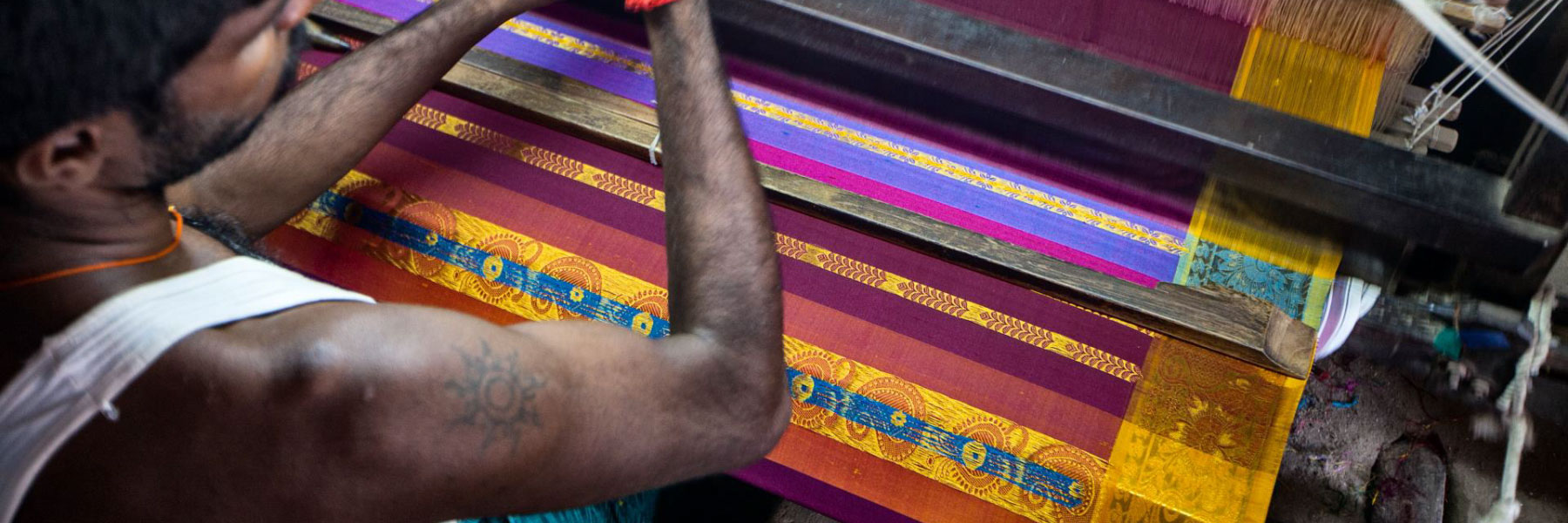
Sorry, we couldn't find anything that matches your search.
Destination

Famous Places to Explore in Hyderabad
A vibrant city with the imposing...

Raipur Tourist Places | Best Place to Visit
The stronghold of several erstwhile...

Ahmedabad
Declared as India's first UNESCO World...
#
Classical Carnatic Music
Carnatic music is said to be divine and gives the listener a uniquely aesthetic experience. There are three essential elements to this form of music: raga (tuneful rendition with minute intervals), tala (rhythmic order marked by mathematical precision), and bhava (feeling, expressivity). The artiste draws inspiration from mythological texts and dances for the more intense pieces, while the lighter ones generally follow themes of love, known as tukkada. The term “carnatic” comes from Sanskrit terms, Karnataka Sangitam, which translates to traditional or codified music. Historically, it was mystic poet and composer, Purandara Dasa (1484-1564), who introduced a course on music that later became Carnatic music.
The concert form of this type of music was formalised in the 20th century. Today, hundreds of ragas (melody) have been distributed 72 melakarta ragas (scales), with the most common type song being kriti (creation). Kriti was popularised by South Indian poet-composers, Tyagaraja (1767-1847), Syama Sastri and Muttusvami Dikshitar, who are collectively known the “Trinity” of Carnatic music, and their disciples. Most of the songs are written on three melodic themes (pallavi, anupallavi and charanam).

Kanjeevaram Sarees
Synonymous with style, sophistication and grace, Kanjeevaram sarees have been an integral part of the wardrobe of South Indian women for centuries. Mostly worn during weddings and festivals, they not only look rich and beautiful but also hold traditional importance. The distinct feature of these sarees is the excessive use of real gold zari threads. Its lustre and luxurious drape make it a premium choice among shoppers. The sarees are crafted with superior-quality silk, and most of them are woven with heavy-plied Mulberry silk yarn, to increase their weight and ensure durability. This also adds to the saree’s shine and life, making it a family heirloom in most South Indian homes. The use of heavy silk ensures that the saree drapes better, making the wearer look graceful. To increase the fabric’s thickness, sometimes the yarn is dipped in rice starch and sun-dried.
Kanjeevaram sarees had a humble beginning during the Pallava reign (275 CE to 897 CE). Born in the temple town of Kanchipuram, the idea of Kanjeevaram was conceived to dress the town’s resident god, Lord Shiva, during festivals. A cotton veshti (a traditional men’s garment worn in South India), woven by expert weavers from the finest cotton grown in the region, became a sacred offering to the god. As thrones changed hands over time, so did the gods in the temples of the town. Under the rule of the Chola kings, more and more temples were built in Kanchipuram and were dedicated to Lord Vishnu. The cotton veshti was enhanced with the attachment of a brightly-coloured silk border that was embellished with gold threads. This addition was done by expert Saurashtrian weavers, who are believed to have migrated to Tamil Nadu from Saurashtra (present-day Gujarat). They created the famous korvai technique of weaving to interlace the border to the body of the fabric. Gradually, cotton was replaced with silk, which was purer and more luxurious, and ideal for the worship of Lord Vishnu.

Kavadi Attam
Performed in reverence of the Hindu god of war, Lord Murugan, Kavadi Attam or the burden dance is a type of ceremonial sacrifice and offering. While it is, in essence, a ritual, there is a high degree of coordination and choreography involved in the dance.
The dance originated centuries ago, when the ancient Tamil communities used to embark on long pilgrimages, carrying offerings for their God on their shoulders, attached to one end of a long stick. It is said that in order to stave off boredom during the lengthy journey, the devotees started writing songs and performing dances for the deities. This culminated in the formation of Kavadi Attam, performed only by men, who balance pots filled with milk or coconut water attached to either end of a long pole.

Mayilattam
Among the most popular traditional dance forms of South India, the religious and artistic dance of Mayilattam is performed in reverence of Lord Subrahmanya, the son of Lord Shiva and Goddess Parvati. Literally translated, it means the dance of the peacocks and is performed during certain Hindu festivals. Performers dress up as peacocks with a beak that opens and closes with the use of a thread. They dance on long sticks of wood that are attached to their feet. The dance is performed only by women who dress up as Lord Subrahmanya travelling on a peacock. It requires great skill and intricacy of movement and is a mesmerising affair to watch. It is generally performed during the famous and flamboyant Arattu festival.









